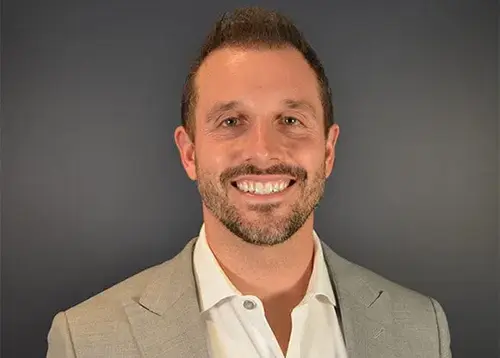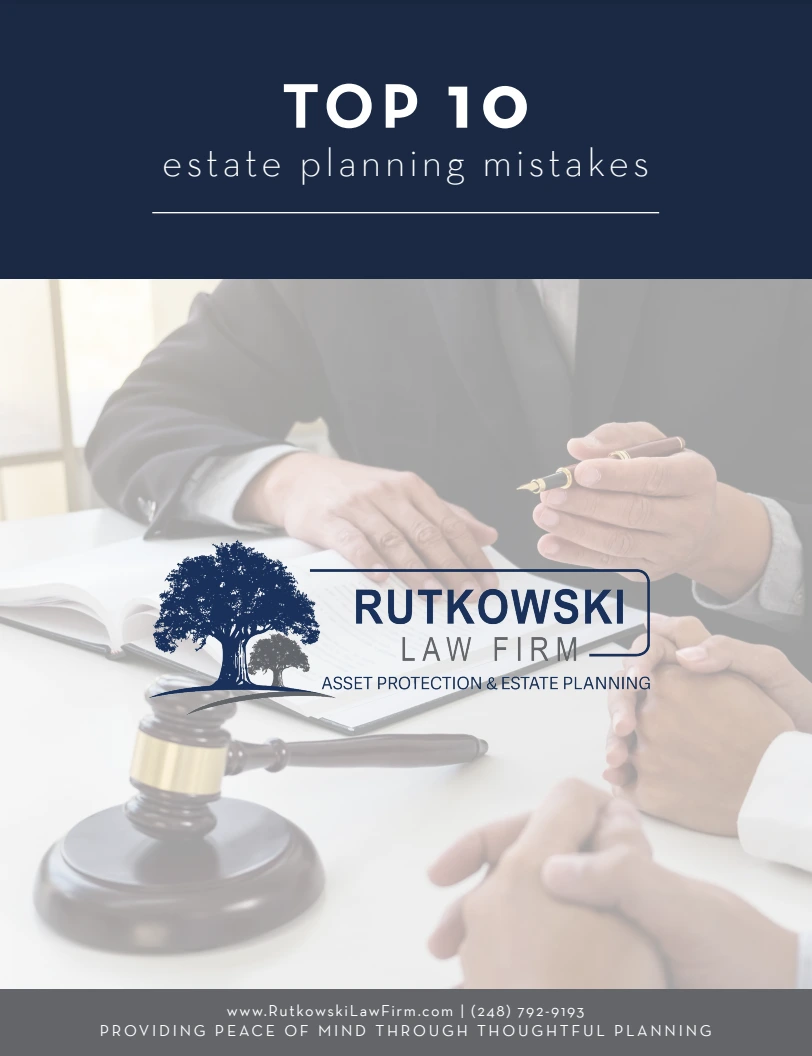Understanding the 5-Year Look-Back Rule: What Michigan Families Need to Know About Medicaid Spend-Down
Early planning is the key to protecting assets and securing care—here’s how the look-back rule works and what to do now.

Founder / Attorney

Michael L. RutkowskiJune 24, 2025
When Jan and her husband Mike first walked into our office, they were worried—but they didn’t know exactly what to worry about.
Mike had just been diagnosed with early-stage Parkinson’s. He was still independent, but Jan had started to think about what their future might look like five or ten years down the road.
“We’ve worked hard,” she said. “We have a paid-off house, some savings, and a small lake cottage we hoped to pass to the kids. I’m scared we’ll lose it all if Mike needs full-time care.”
She’s not alone.
Long-term care in Michigan can cost $9,000–$12,000 per month. It doesn’t take long for savings to disappear. Many families assume Medicaid will step in and cover the costs, but the truth is, it’s not that simple.
Let’s unpack what “spend down” means, what Medicaid really covers, and how tools like trusts can help you protect your future without sacrificing your legacy.
To qualify for Medicaid long-term care in Michigan, an individual must have less than $2,000 in countable assets. That’s not a typo.
But what are “countable assets,” exactly?
Think of it this way: if it can be used to pay for your care, Medicaid wants you to use it before they’ll help.
In Jan and Mike’s case, their house and one car were safe—for now. But their lake cottage and modest retirement investments were not. Medicaid would expect them to spend those down before coverage would kick in.
Jan asked the natural question:
“So…we’d have to sell the cottage to pay for care?”
Unless they planned ahead, yes.
Medicaid has what’s called a 5-Year Look-Back Rule. If you give away, sell, or transfer assets for less than fair market value within five years of applying, you could face penalties or disqualification.
That’s why timing is everything. If you wait until a crisis hits, many options are off the table.
But if you plan early—before care is needed—you can protect assets legally and responsibly.
An Irrevocable Medicaid Asset Protection Trust (MAPT) is a legal tool that allows you to transfer ownership of certain assets out of your name while still maintaining some control and benefiting your loved ones.
In short: You don’t lose everything. You protect what matters most.
In Mike and Jan’s case, we helped them set up a trust to move the lake cottage and a portion of their savings out of their estate. The clock started ticking on the 5-year look-back. By the time Mike needed full-time care, the trust had done its job—and Jan didn’t have to sell the cottage.
She told us later:
“It gave me peace of mind knowing that I could care for Mike without losing our home away from home. It’s still in the family.
Not everyone needs a trust—but everyone should understand whether it makes sense for their situation.
It may be worth considering if:
Estate planning isn’t just about documents—it’s about decisions. It’s about protecting your family from future chaos.
And it doesn’t have to be overwhelming.
At Rutkowski Law Firm, we meet families where they are—whether you’re just starting to think about Medicaid or you’re already feeling the pressure of an upcoming care need.
If you’re unsure where to begin, that’s okay. Most families are. We’ll help you:
Estate Planning is an essential process that will protect your assets and ensure you’re your estate is distributed according to your wishes after your death.
Many people make mistakes when creating their estate plan, which can lead to unnecessary stress, confusion, and costly legal battles for their loved ones. Below, our estate planning team put together the top 10 and most common mistakes we see in estate planning.

Early planning is the key to protecting assets and securing care—here’s how the look-back rule works and what to do now.

Founder / Attorney
Not all asset sales are treated the same under Medicaid. Here’s how to avoid costly mistakes.

Founder / Attorney
A quick January check could prevent costly estate planning mistakes down the line.

Founder / Attorney